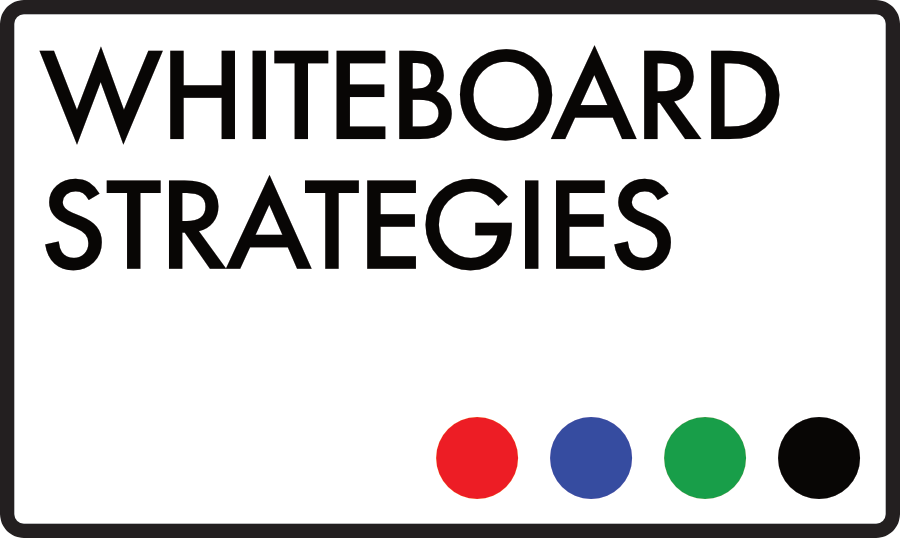Numbers dominate sales teams. You need to hit your number or you’re out, your pay is incentivised, numbers talk, numbers matter.
Now, even if we ignore the fact that half the time a team’s number has been plucked out of the air by an accountant with no grasp of the sales process and a keen eye on pacifying analysts in the City who demand relentless year-on-year growth, the dominance of the number over the sales profession gives us a problem.
The problem is a simple one, really: Numbers. Are. Boring.
Not to accountants, probably. Not to data analysts, computer scientists, IoT nerds or maths teachers. But to the average sales person, numbers are truly, mind-numbingly boring. Making their number is occasionally terrifying—trust me, sales people know just how valid and reasonable those targets are—but the day-to-day monotony of endless CRM-feeding numbers is just B.O.R.I.N.G.
I’m not going to get into a rant about how sales used to be the chosen profession of road warriors and heroes, bravely traversing the length and breadth of the country peddling their wares to unsuspecting buyers. It did of course, and yes, since you asked, I was one of them, but that’s not really the point here. I understand why you need your sales teams to spend so much time up to their necks in numbers. The availability of such a wealth of data is an untold leap forward for the profession, and can be useful for anything from establishing a competitive advantage in a struggling market to tracking an individual sales person’s professional development. I get it. Numbers are good.
But holy smokes are they boring when people don’t use them properly. So how do we maintain all of the advantages of big data buy in whilst ensuring that we are using that data in a way that maximises its potential?
We tell the stories that are in all those numbers, and we tell them visually.
In exactly the same way that we can leverage the power of the visual to engage a prospect, communicate our value and lead them to an inevitable-feeling decision to buy from us, we can use visual communication to engage sales teams—to communicate their value to them.
Rather than spreadsheets full of cold, complicated numbers, enablement teams should be reading the figures themselves and finding the stories—what markets are your teams nailing? Who has improved, how much, and why? How has your new product roll out affected your teams performances across a given region?
Enablement needs first and foremost to be about engagement. I read this week that unengaged employees are 87% more likely to quit their jobs—meaning that organisations around the world will be haemorrhaging good sales people just by boring them with numbers rather than engaging with them like people. Visuals are by far the best way to engage any audience and to communicate with them, even if the ideas you need to explain are complex ones.
Get some of these stats on why sales people should be shown their progress, their product and their value visually, rather than just numerically:
– 2/3 of all people are visual learners
– Visuals are processed 60,000X faster in the brain than text
– Well-delivered visual aids aid understanding by up to 400%
– 90% of information transmitted to the brain is visual
– People remember 10% of what they hear, 20% of what they read, and 80% of what they see and do.
All numbers from Revegy.com
There are some numbers that shouldn’t be boring to you. This is important stuff—sales enablement could and should be revolutionised by visuals. A strategic shift towards visual delivery of sales and performance data to global teams would aid talent retention, engage a widely spread workforce, improve communication and understanding, push performance improvements and create a generation of driven, informed and engaged sales people.
Everyone would benefit. Enable your enablement team to truly enable your workforce now—it’s a visual revolution, don’t get left behind.

Recent Comments